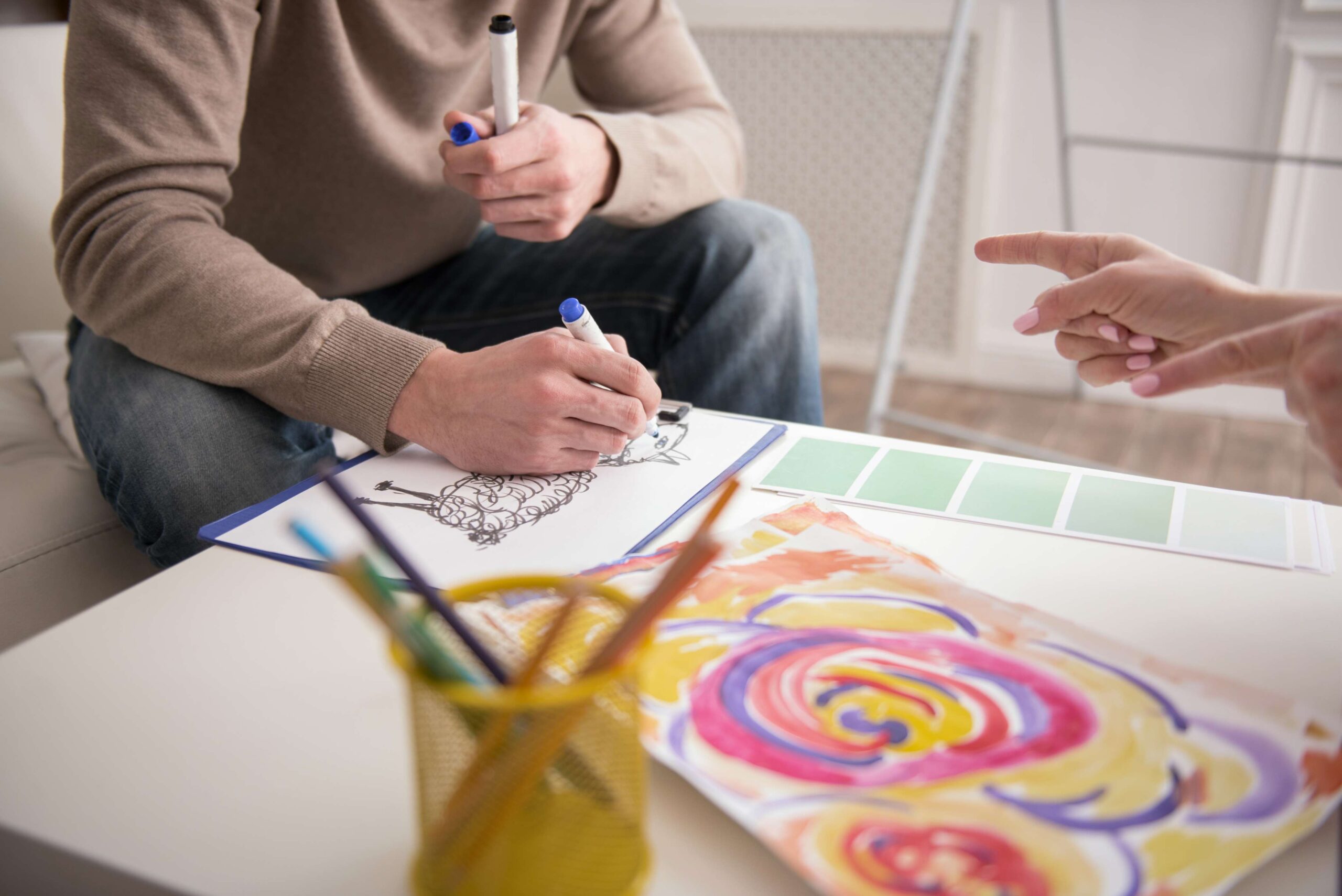A Vision Beyond the Easel
When I began my career in art education more than 40 years ago, I never imagined just how far-reaching the role of an art department could be. I knew I wanted to help students develop their creative skills, but I soon realized that art could offer so much more than technique or talent. It could be a lifeline. It could be a source of confidence, healing, and self-discovery.
Today, as Art Therapist, Educator, and Department Head at LaPorte Community School Corporation, my vision is simple but powerful: to build an art department that not only teaches but transforms. I believe that when students feel safe, seen, and inspired, they unlock not just creative potential—but personal growth and emotional well-being.
Foundations First: Building with Purpose
Creating a strong and meaningful art department begins with intention. It’s not about filling a schedule with classes—it’s about building a space where students can connect with their creativity, find their voice, and feel a sense of belonging.
To do that, I start with three core values: inspiration, inclusivity, and emotional safety. Every decision—whether it’s choosing curriculum, designing the physical space, or hiring staff—reflects those principles. I ask myself: Will this encourage curiosity? Will students feel welcomed? Will this environment support their mental and emotional health?
When students walk into our department, I want them to feel like they’ve entered a sanctuary—a place where they can take creative risks without fear of judgment, and where their ideas matter.
Creating a Welcoming Environment
An inspiring art department doesn’t have to be fancy, but it does need to feel inviting. I’ve worked hard to make our classrooms places where students want to be. Natural light, open workspaces, calming colors, and a mix of traditional and unconventional materials all contribute to an atmosphere that encourages exploration.
But it’s not just the physical space—it’s the emotional tone. I make it a point to greet students warmly, get to know their interests, and listen deeply. I encourage my colleagues to do the same. When students feel seen and respected, they begin to relax and open up. That’s when the real magic happens.
Curriculum That Connects
Of course, curriculum matters. But I believe it should do more than meet standards—it should resonate with students personally. Our department offers a wide range of projects, from foundational drawing and design to experimental mixed media, digital art, and sculpture. We explore art history, social justice themes, personal identity, and mindfulness.
I always leave room for personal choice and reflection. I want students to connect their artwork to their inner lives. Whether they’re creating self-portraits or visual journals, they’re not just producing assignments—they’re exploring who they are.
This is where art education starts to overlap with therapy. Even in a traditional classroom setting, students often process big emotions through their work. I’ve seen students work through grief, anxiety, identity questions, and even trauma—all through a paintbrush or pencil. Our curriculum becomes a bridge between creativity and healing.
Supporting the Whole Student
As an art therapist, I know how deeply mental health can impact learning and expression. That’s why our department places a strong focus on emotional support. While I offer therapeutic services to students who need more targeted care, we also build emotional literacy into our everyday teaching.
We talk about stress, self-care, and resilience. We incorporate mindfulness activities and check-ins. We let students know that it’s okay to have a bad day, and that their emotions are welcome here.
Teachers in our department are trained to recognize signs of distress and offer support or referrals when needed. We work closely with school counselors, administrators, and families to make sure students feel cared for, not just as artists, but as people.
Mentorship and Leadership
Part of building a thriving department is encouraging leadership—not just among staff, but among students too. I love mentoring students who want to take on more responsibility, whether that means curating student exhibits, mentoring younger peers, or helping design murals and community art projects.
When students see themselves as leaders and contributors, their confidence grows. They feel ownership of the program. It becomes their art department, not just something they pass through.
I also believe in modeling professional excellence for my colleagues. I offer mentorship, share resources, and support ongoing training in both art instruction and emotional wellness. A healthy department starts with a healthy, supported team.
Growth Through Community
A thriving art department doesn’t exist in a bubble. We engage with the larger community through art shows, service projects, partnerships with local artists, and therapeutic outreach. These experiences not only showcase students’ work—they connect them to something bigger than themselves.
I’ve witnessed the pride that comes from seeing one’s artwork hanging in a gallery or donated to a cause. These moments validate the student’s journey and remind them that creativity can make a difference.
Final Reflections
When people think of art class, they often imagine simple projects or afterthought electives. But a well-designed art department is so much more. It’s a haven for emotional expression. It’s a launchpad for self-discovery. And, when done with care and purpose, it becomes a place of deep healing and inspiration.
My goal has always been to nurture not just artists, but whole, healthy human beings. Through creativity, compassion, and connection, I believe every school can build an art program that lights the way for students—one canvas at a time.
